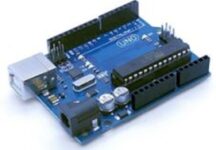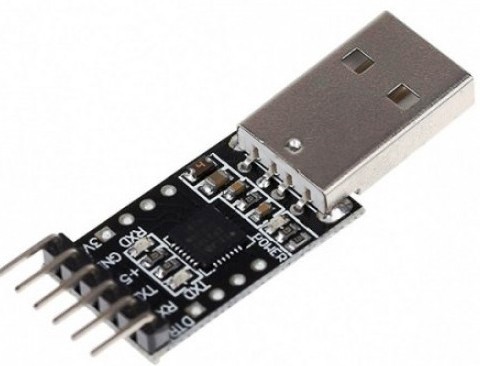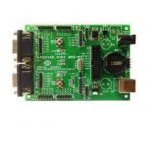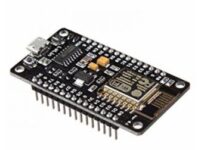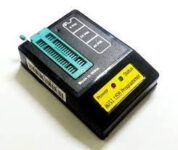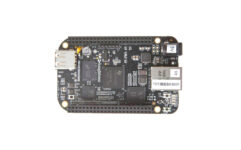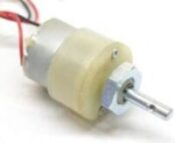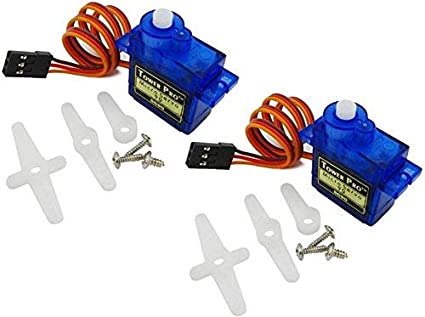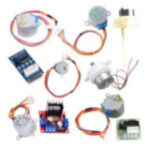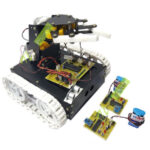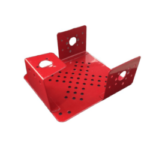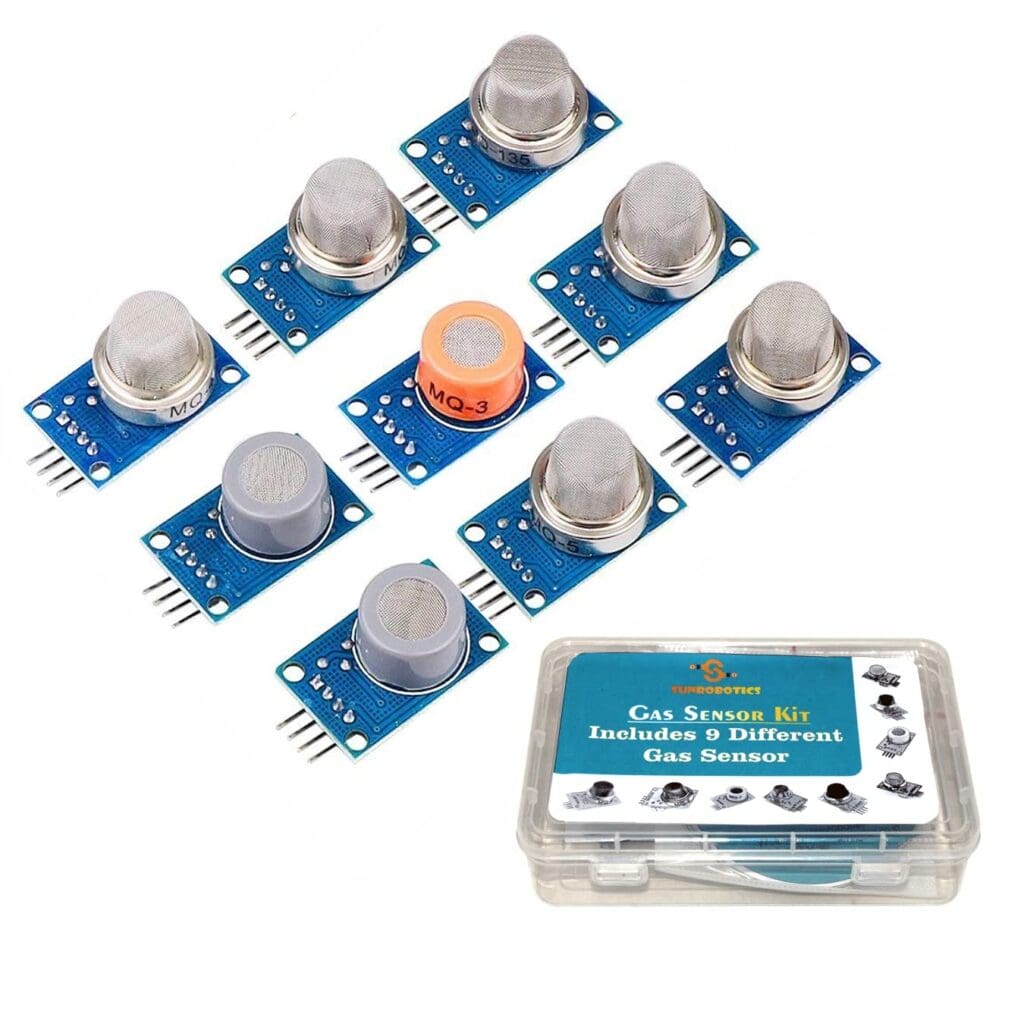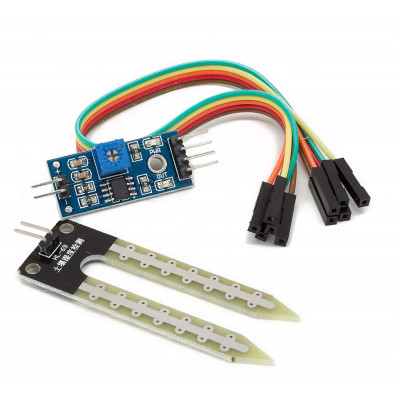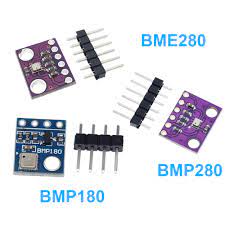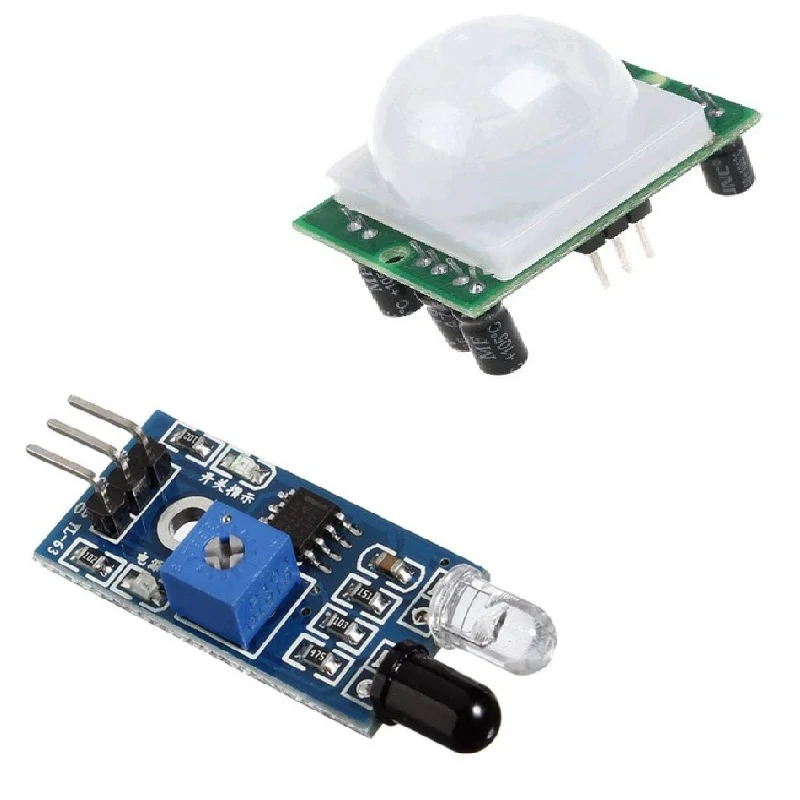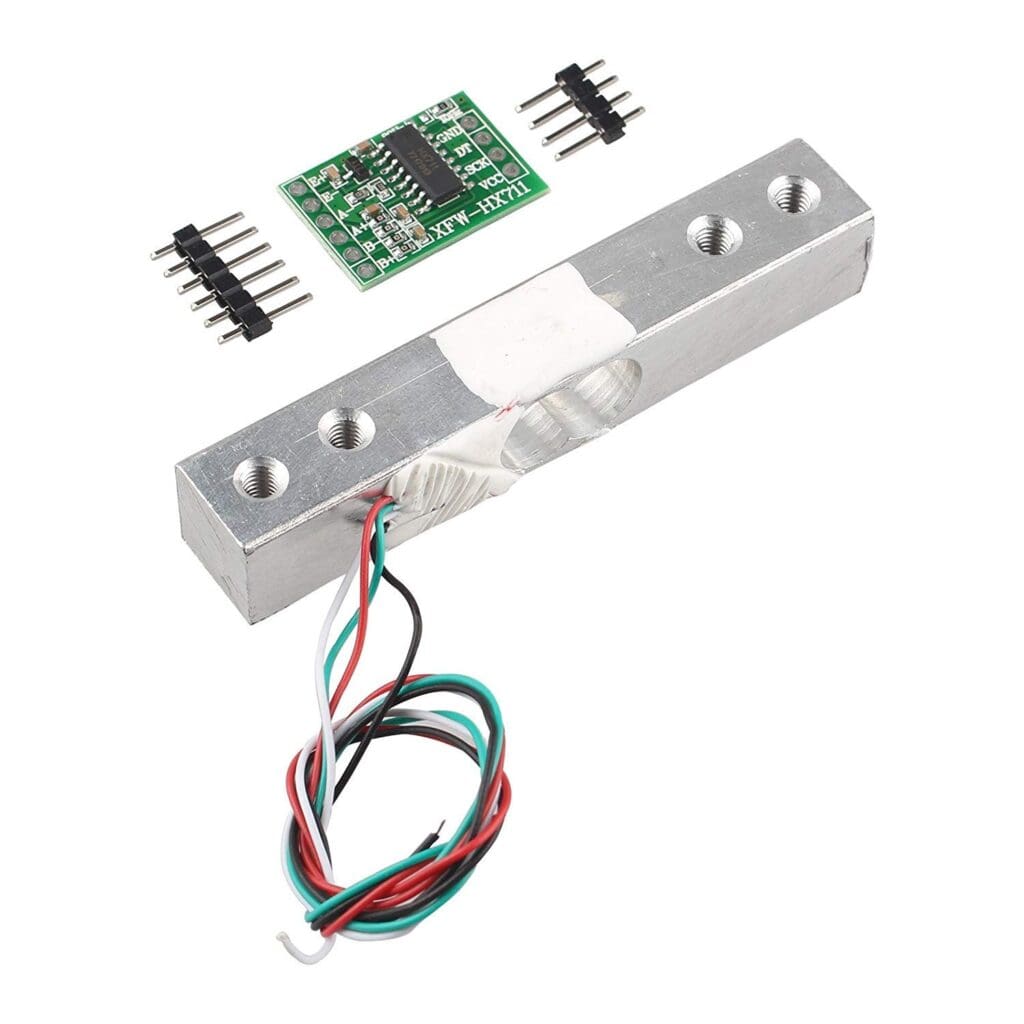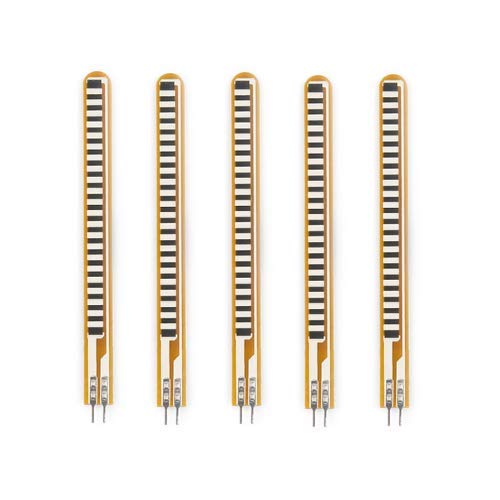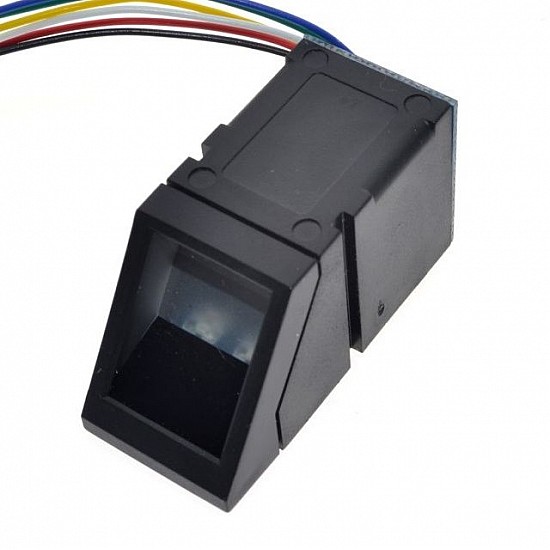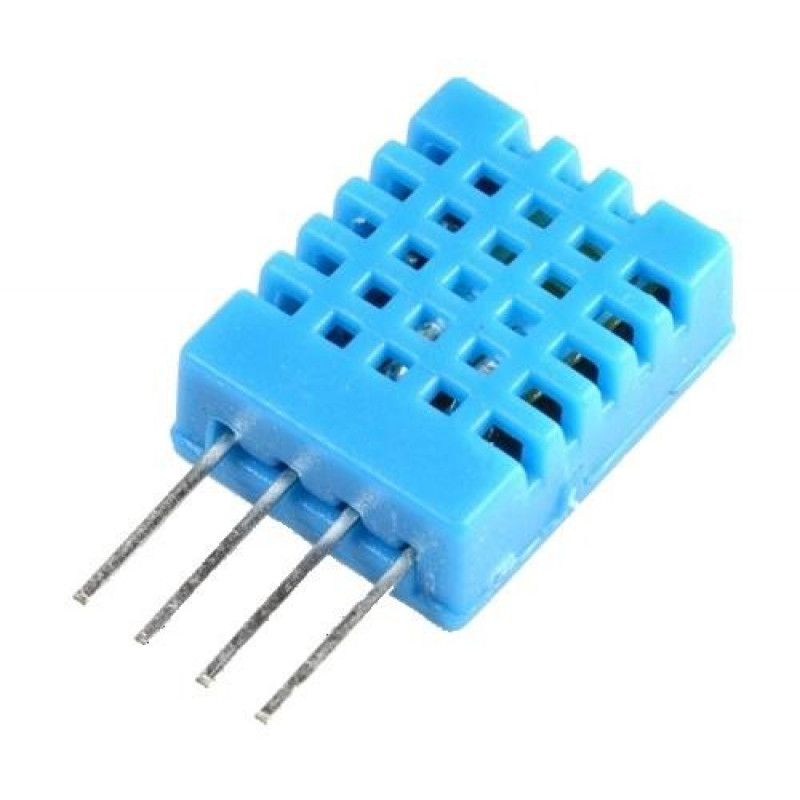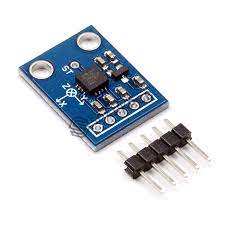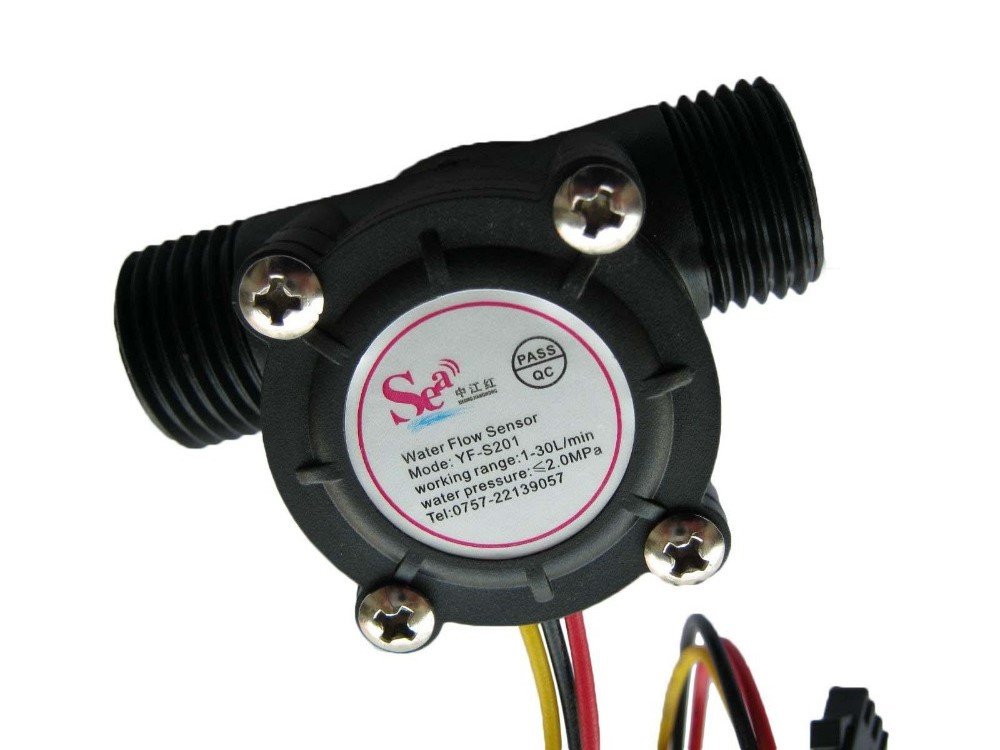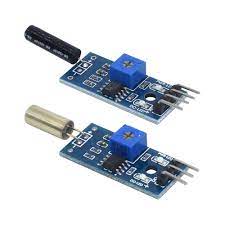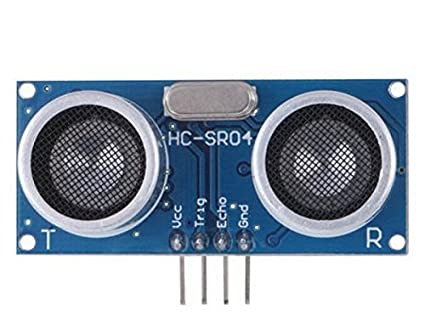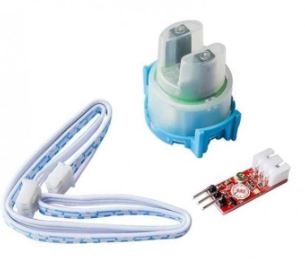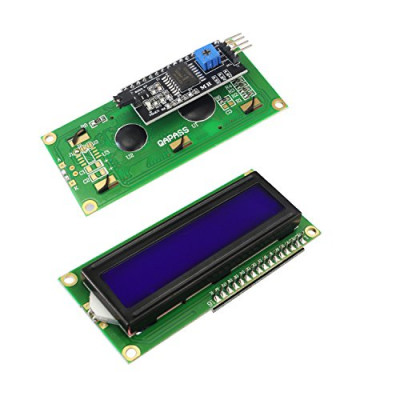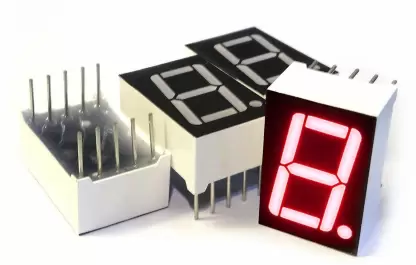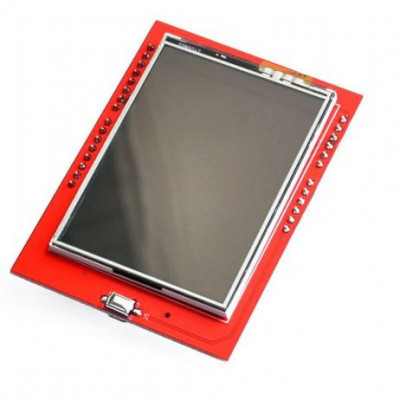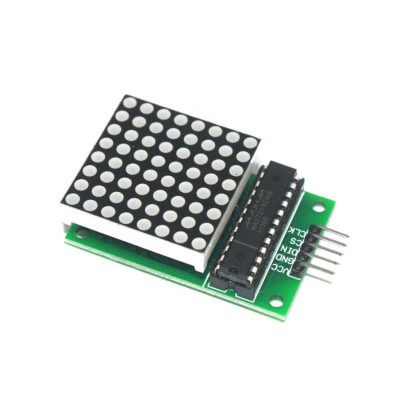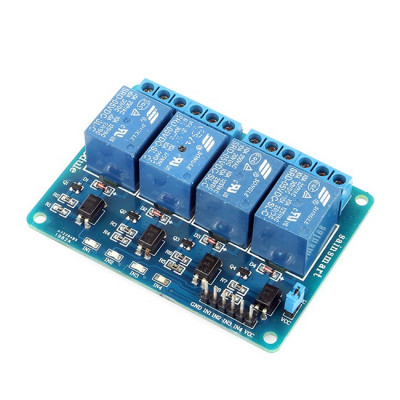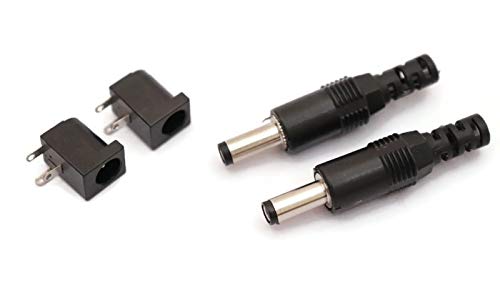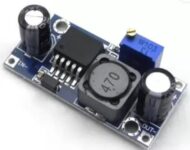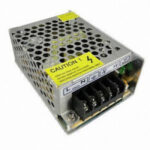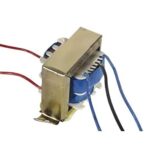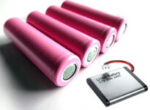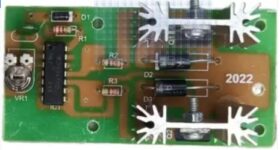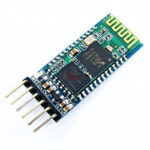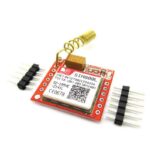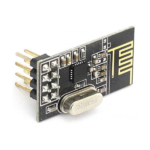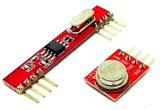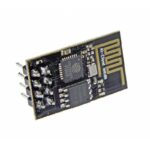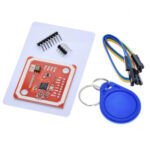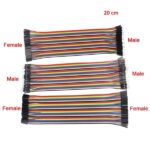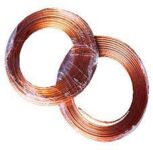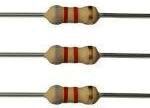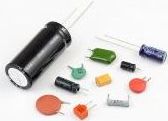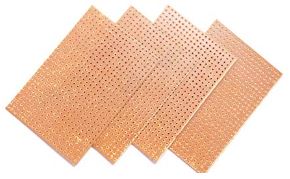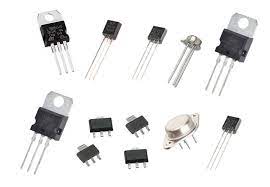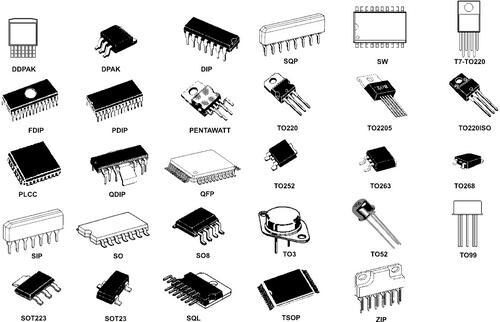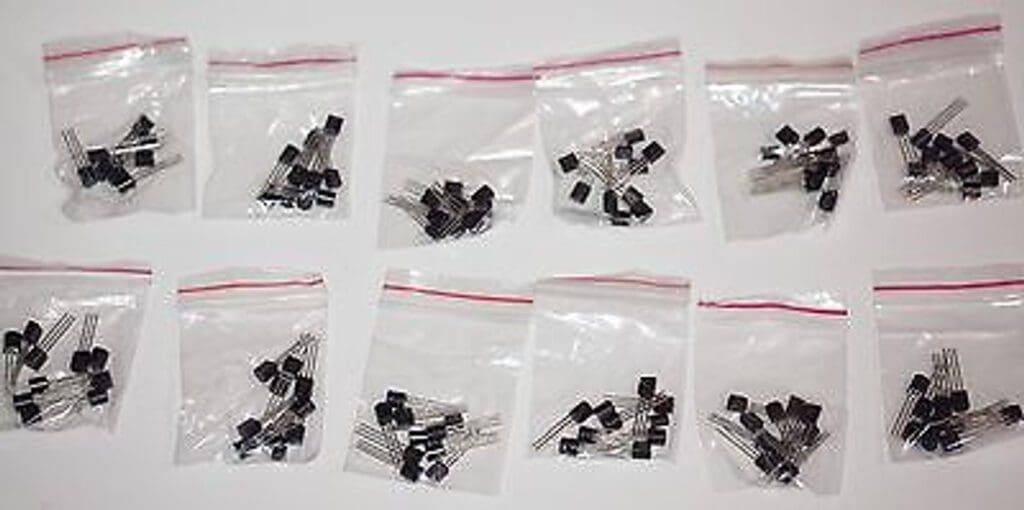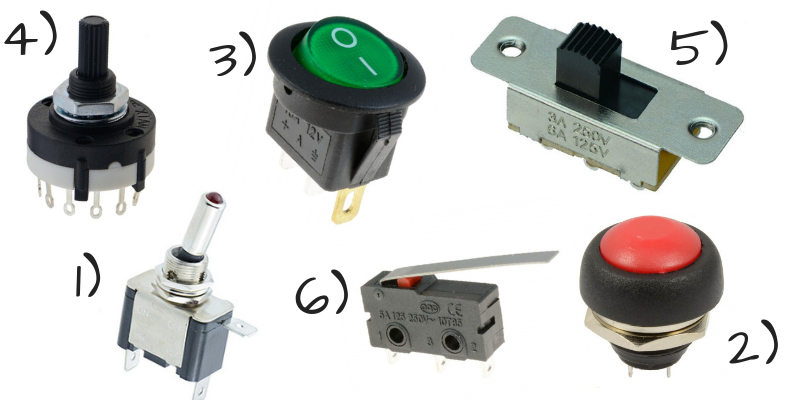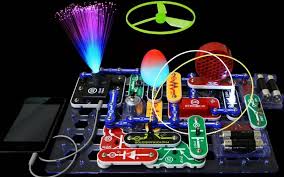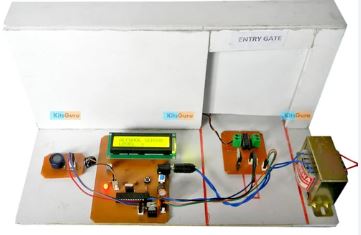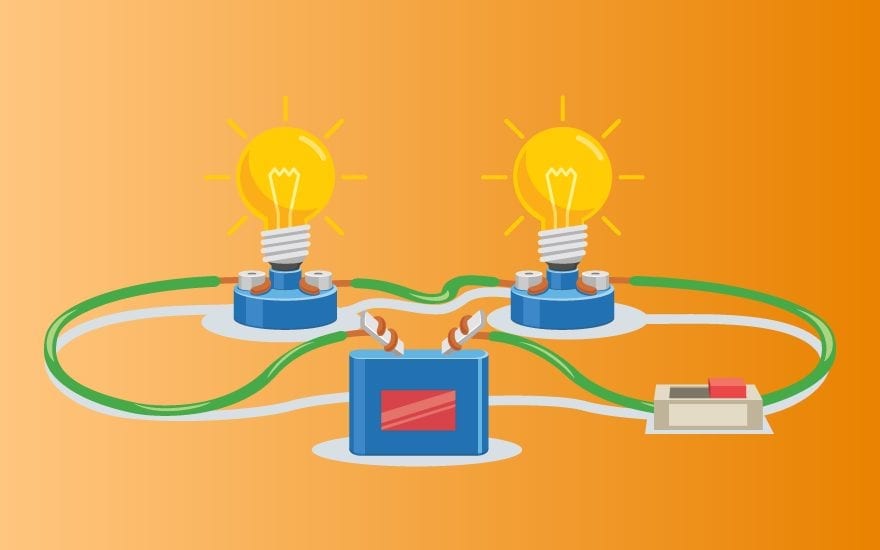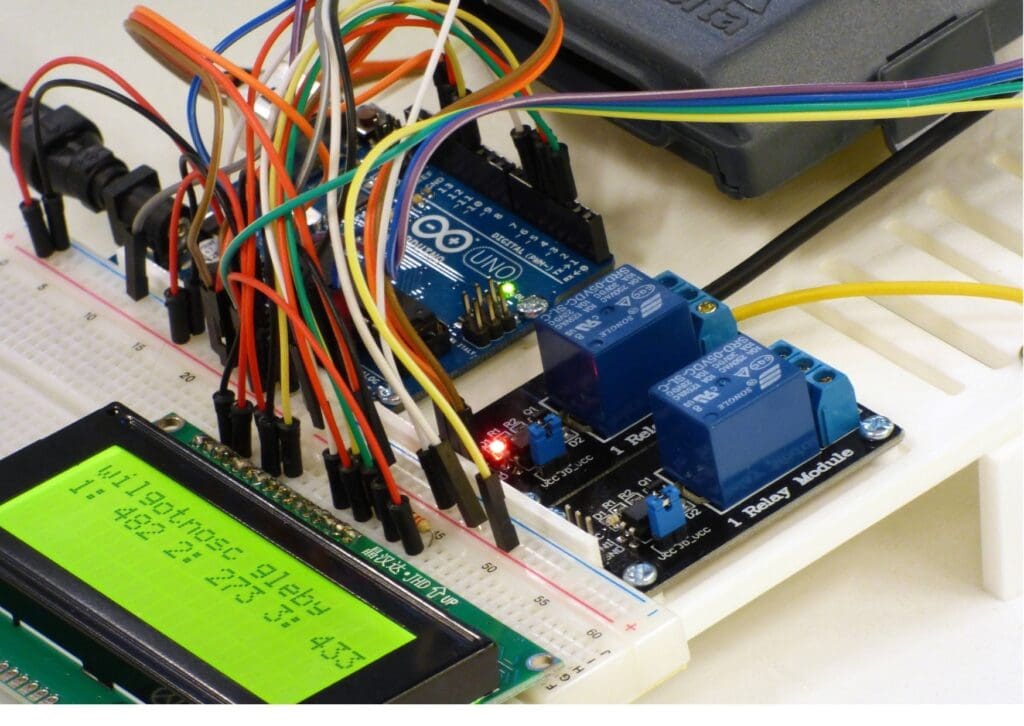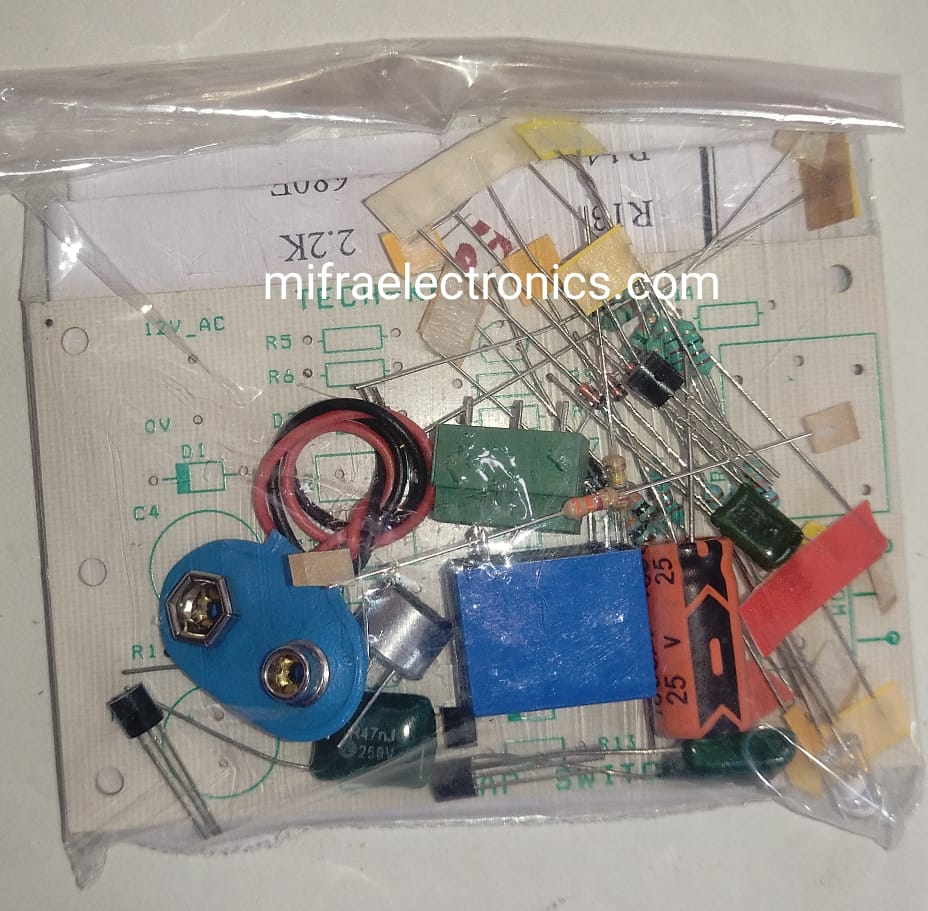Cracking the Code: Unraveling the Secrets of Ceramic Capacitors
In the world of electronics, where components often steal the limelight, one unassuming hero silently powers our devices and circuits – the ceramic capacitor. These tiny, unassuming devices play a crucial role in ensuring the smooth functioning of our gadgets, from smartphones to spacecraft. Let’s take a closer look at what ceramic capacitors are, how they work, and why they are indispensable in modern technology.
What Are Ceramic Capacitors?
Ceramic capacitors are electronic components that store electrical energy in an electric field. They are made of ceramic materials, usually composed of various metal oxides, giving them their distinct properties. Unlike electrolytic capacitors, ceramic capacitors do not have a liquid electrolyte, making them more stable and durable. They come in a variety of shapes and sizes, catering to different applications in the electronics industry.
What Are Ceramic Capacitors?
Ceramic capacitors are electronic components that store electrical energy in an electric field. They are made of ceramic materials, usually composed of various metal oxides, giving them their distinct properties. Unlike electrolytic capacitors, ceramic capacitors do not have a liquid electrolyte, making them more stable and durable. They come in a variety of shapes and sizes, catering to different applications in the electronics industry.
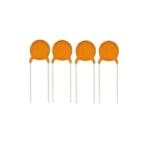

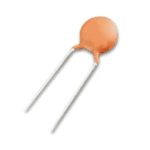

How Do They Work?
At their core, ceramic capacitors consist of two conductive plates separated by a dielectric material, which is the ceramic in this case. When a voltage is applied across the plates, an electric field forms in the dielectric, causing the ceramic capacitor to store energy. When the voltage across the plates changes, the ceramic capacitor releases or absorbs energy, depending on the circuit’s requirements.
Why Are They Essential?
- Size and Efficiency: Ceramic capacitors are compact, allowing them to fit into small spaces on circuit boards. This size advantage is crucial in the miniaturization of modern electronics.
- Stability: Unlike electrolytic capacitors, ceramic capacitors are stable over a wide range of temperatures and frequencies, making them reliable in various environments.
- Low Inductance: Ceramic capacitors have low inductance, making them ideal for high-frequency applications like radio frequency (RF) circuits.
- Cost-Effectiveness: They are cost-effective and readily available, making them a popular choice for mass-produced electronic devices.
- Decoupling and Filtering: Ceramic capacitors are commonly used for decoupling and filtering purposes in electronic circuits, ensuring a stable and noise-free power supply.
Conclusion:
Ceramic capacitors might be small, but their impact on the world of electronics is immense. As technology continues to advance, these unassuming components will play an even more significant role in shaping the future of electronic devices. So, the next time you hold a smartphone or use any electronic gadget, remember the unsung heroes, the ceramic capacitors, working tirelessly behind the scenes to make it all possible.



